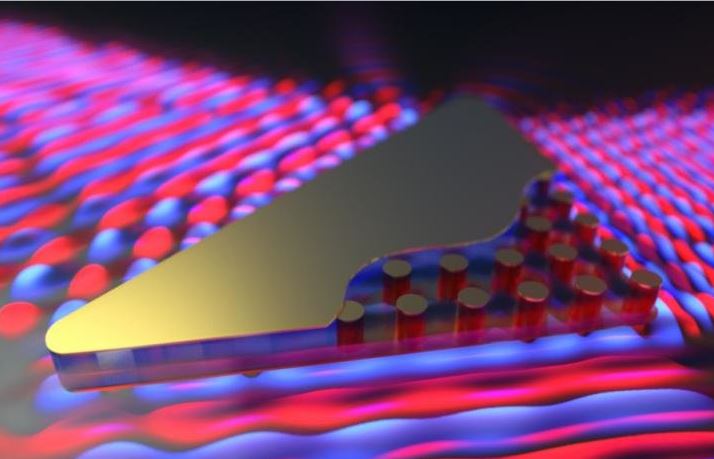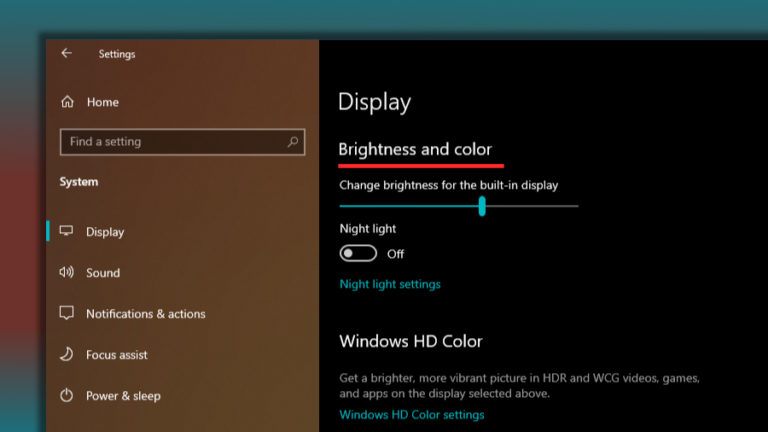Future of Electronics: Light Travels “Infinitely Fast” in New On-chip Material

 Short Bytes: Researchers at SEAS have developed a metamaterial with zero refractive index that will allow a phase of light to go at infinitely fast speeds.
Short Bytes: Researchers at SEAS have developed a metamaterial with zero refractive index that will allow a phase of light to go at infinitely fast speeds.
Scientists had realized years before that soon we would have to stop extrapolation of the Moore’s Law and look out for the better prospectives. And yes they did. Researchers have come up with two brilliant solutions to the slowing electrons: quantum computations and light based computations.
A team of researchers at Harvard John A. Paulson School of Engineering and Applied Sciences (SEAS) has managed to manipulate light at the nanoscale and integrate it into the extant devices. The researchers have designed an on-chip metamaterial with zero refractive index such that a phase of the light will now travel at an infinitely fast speed.
Now, don’t get tensed. No rule of physics has been broken yet! The researchers have merely worked on increasing the phase velocity of light, i.e. the speed by which the crests of light travel in a medium. The change in the phase velocity is the reason of slowing down of light in other material (and the cause of the phenomenon of refraction).
The researchers have merely worked on increasing the phase velocity of light, i.e. the speed by which the crests of light travel in a medium. The change in the phase velocity is the reason of slowing down of light in other material (and the cause of the phenomenon of refraction).
Eric Mazur, one of the researchers from the team says:
Scientists have now made a material with zero refractive index which allows light to maintain a constant phase with all crests and troughs stretched at infinitely long wavelengths. In such a scenario, it is possible to manipulate light like stretching and twisting at the zero expense of the energy.
The material is made up of silicon pillar arrays which are embedded in a polymer matrix and cladded in a gold film. The metamaterial makes the interface with photonic chips possible as it can couple with the silicon waveguides.
The integration will also give a huge boost to quantum optics.
The research has been described in the journal Nature Photonics and is considered as a significant step towards a new era of telecommunication.
Did you find the article informative? Tell us in comments below.
[adinserter block=”12″][adinserter block=”13″]






